-
Using Recovery Disks Vista
Creating a Recovery Drive and using it in Windows 1. The Unofficial Windows 1. Reinstallation Guide. Contents. This guide has a complimentary Tutorial Video. Introduction. Windows 1. Reinstallation Media. Its called a Recovery Drive.
Creating a Recovery Drive and using it in Windows 1. The Unofficial Windows 1. Reinstallation Guide. Contents. This guide has a complimentary Tutorial Video. Introduction. Windows 1. Reinstallation Media. Its called a Recovery Drive.
The Recovery Drive creates a FAT3. USB that boots in both MBR Legacy BIOS and a UEFI BIOS with Secure. Boot. There is no longer any need to download a . Rufus to make a FAT3. USB. The Recovery Drive does not appear to be system locked but it is edition locked.
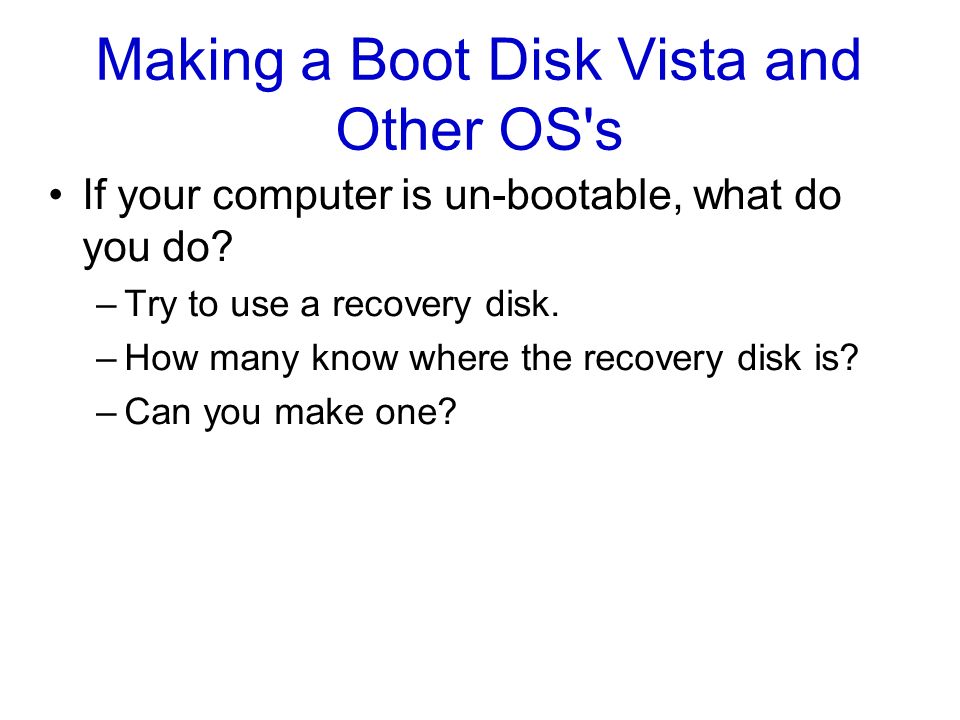

Download free Windows Vista recovery disk and repair disc to fix broken, corrupted, or non-booting Windows Vista or restore your PC to a working condition. How to restore your Toshiba computer/tablet to its factory fresh software condition using system recovery. Remo Recover Windows Data Recovery Software is designed to help you recover lost, deleted data from hard drive, memory cards, external USB drives & even restore data.
The Recovery Drive can be used to reinstall Windows 1. PC but not to initially install Windows 1. Each device has to obtain Windows 1. Windows Update to register the hardware profile of the system with a Microsoft Product Activation Server. Once a device is registered it does not matter what source of installation media is used as long as the edition is correct (Pro or Home).
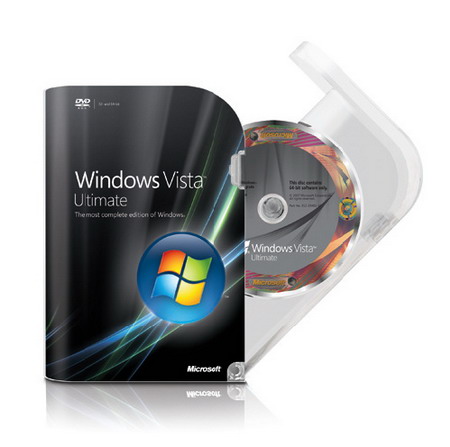
Hard disk drive diagnostic and repair software, data recovery software, firmware updates, documentation, HDD recovery forum. Free downloads! The Logical Disk Manager (LDM) is an implementation of a logical volume manager for Microsoft Windows NT, developed by Microsoft and Veritas Software.
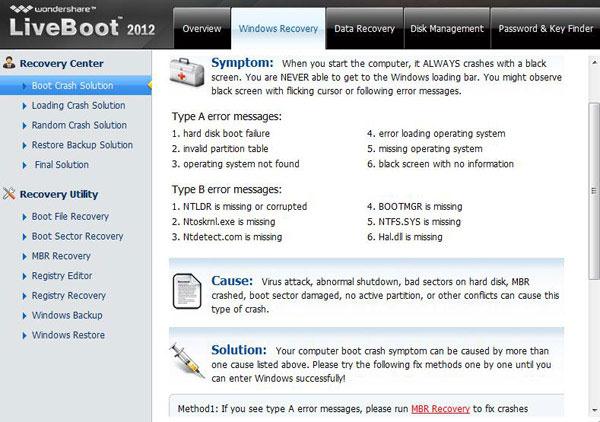

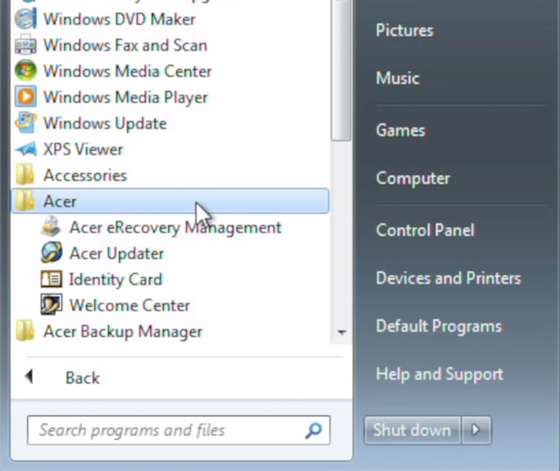
Check with a few wee more tests. This will not give the same issues as Windows 8 and 8. To check in Disk Management, right click the Start Button and select “Disk Management”The Recovery Drive is FAT3.
In Windows Explorer it looks like this: Recovering from the Recovery Drive. Note: I have not tested a system with multiple SSD/HDDs. Reinstallation with a Recovery Drive doesn’t give any drive options with a single drive. Its possible that it will simply select the largest drive to Reinstall on or prompt you to select the drive.
If someone tests this let me know. Take it as a warning that you may want to remove additional drives during the installation just in case. Power down your computer. Hold F1. 2 while powering up your computer (at the Dell BIOs screen).
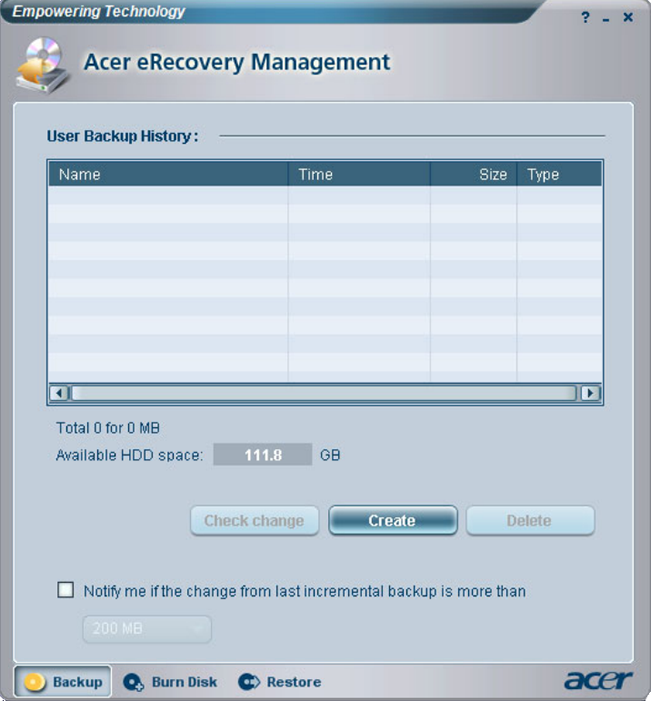
Follow the instructions below to Boot either via UEFI or Legacy respectively. Variant A: UEFI Boot. If your system is newer than 2. UEFI Boot and a GPT partition scheme; this is faster and more reliable. The boot manager should mention a UEFI Boot similar to below.
Press the . There will be no mention of Legacy or UEFI Boot but the boot option will be legacy. If you wish to install Windows 1. Bit (unrecommended) on a 2. Secure. Boot and enable legacy boot options. Press the . The data is still there and can be readily recovered by third party recovery tools. Wipe = Assign Data to free space and then overwrite it with junk data.
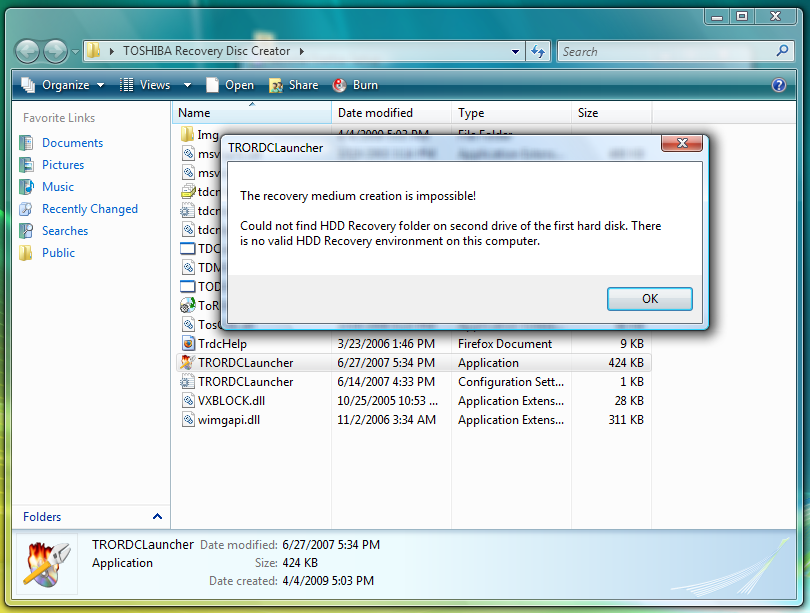

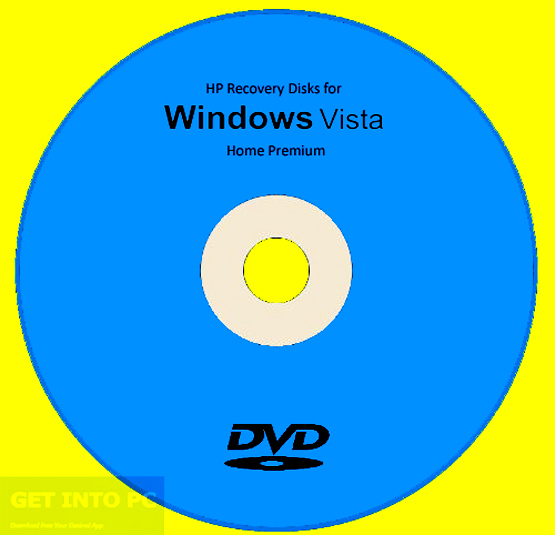
This is more time consuming but I recommend it. For more details see Cleaning Up a Drive. You will be told about the Recovery from a Drive procedure select “Next”: Windows will Recover the PC this will take a long time especially if “Clean The Drive” was selected: Windows will scan the drive before proceeding with the installation options: Language defaults will remain matching the original instalaltion. I had to change the time zone to UK however. When you have made your selection select “Next”: Read through the RTM license agreement and select “Accept”https: //www.
Klk. 5d. XR8. 10. If you are connected to an ethernet or offline the next few screens won’t show. Select your wireless network: Input your wireless password and select next: Select customise settings and press “next” once you’ve made your desired selection on each page or use the express settings: Next select “I own it” for a home PC or “My organisation” for a work PC: For “I Own It” sign in with a Microsoft Account (recommended so you can use all of Microsoft’s services in particular One. Drive). Alternatively skip this step and sign in with a local account: The PC will configure the last stages and install Apps (which now work as Windows): You are now ready to use your PC: Windows should install all the drivers during installation especially for older hardware. You may however want to Check the Device Manager for Hardware IDs and install system drivers if they are available. What if I use a Recovery Drive on Another Device not Upgraded to Windows 1. RTM via Windows Update?
You will have an unactivated installation. You will be given two options, one to change product key and two to go to the Store.
Testing notes: I used the Recovery Drive after a Diskpart . All drivers were there but I’m not sure if that’s just native to Windows 1. Recovery Drive stores drivers aswell as Windows installation files. Testing needs to be done with a UEFI system however the signs are good and it seems like Microsoft have taken our feedback seriously for the Windows Media Creation Tool! I deliberately made sure my 8 GB USB was NTFS formatted before making the recovery drive. Note how the creation of the recovery drive automatically formatted it to FAT3.
This should reduce many of the issues with Secure. Boot/UEFI which required a FAT3.
USB flash drive and hence prevent the need to recommend third party utilities such as Rufus. It does pass Secure. Boot/UEFI in my Inspiron 7. I don’t want to install Windows 1.
Testing also needs to be done to see if it is system locked or whether it can be taken to another system to install Windows 1. One quick observation is that there was no prompt to enter a product key or select edition, differing from the . It is therefore likely locked to an edition. Windows 1. 0 Insider Build 1. Windows 1. 0 Pro Build 1. RTM): Creating a Recovery Drive: Clean Reinstalling from a Recovery Drive.
-
Commentaires
